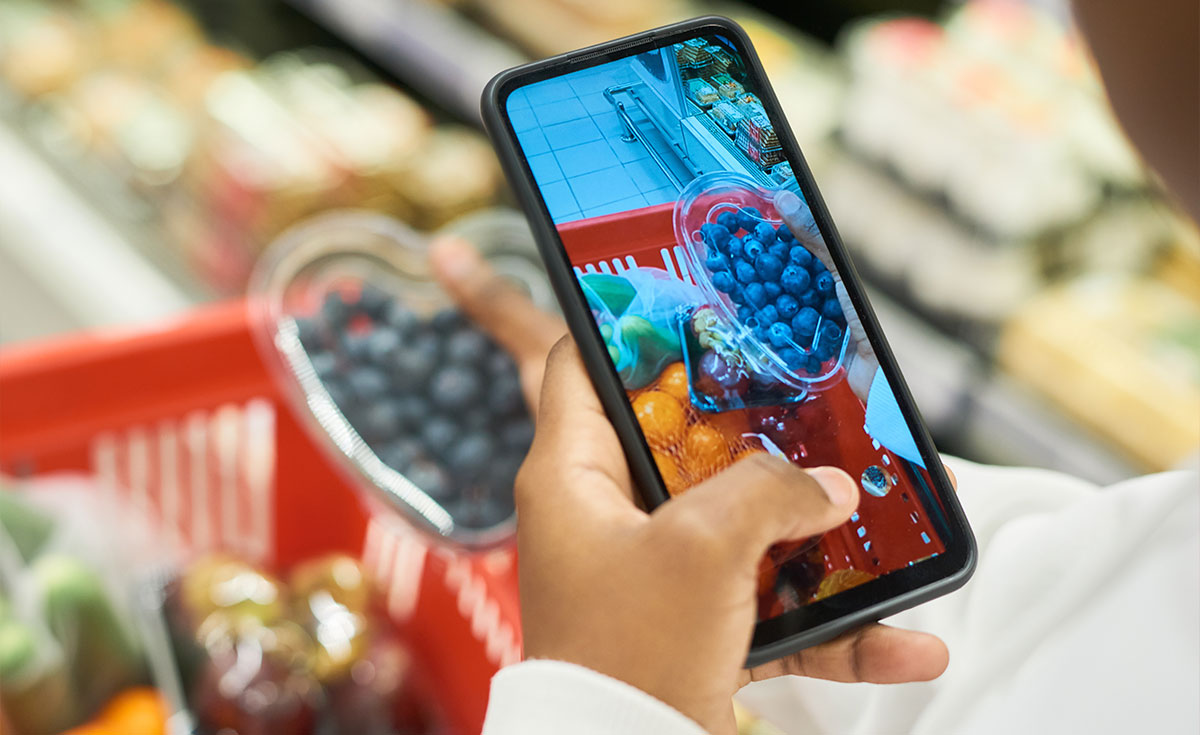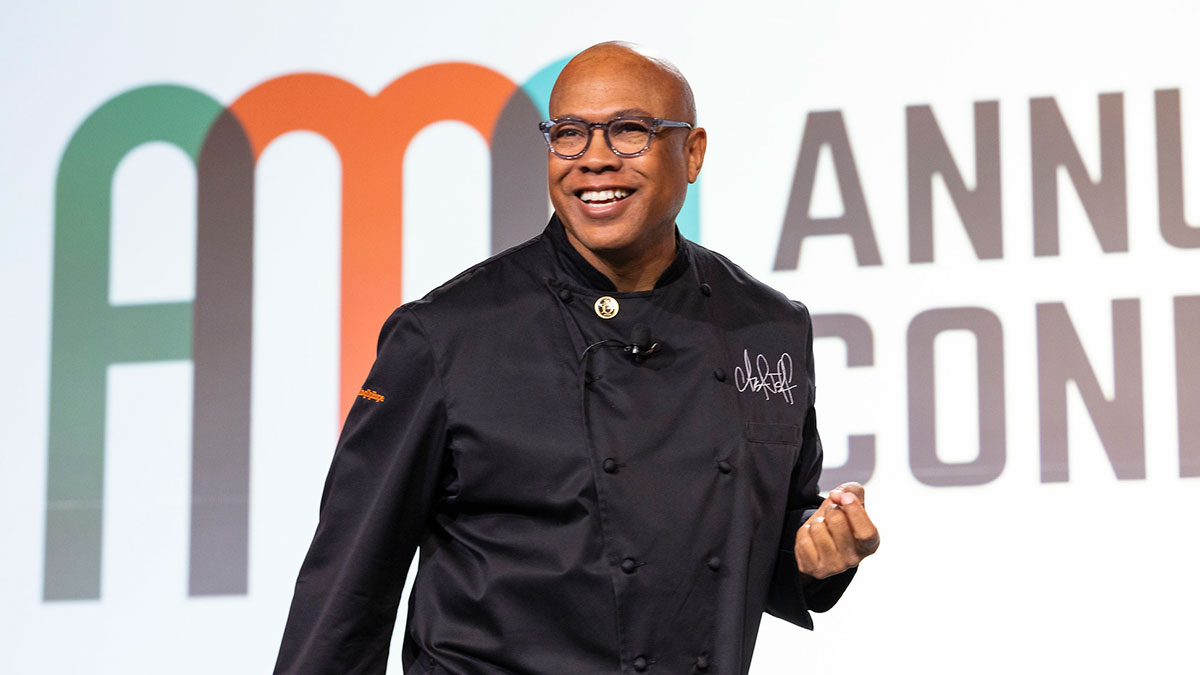By: Rick Stein, Vice President, Fresh Foods, Food Marketing Institute

This post is part of a series covering the topics and discussions at FreshForward.
The term “grocerant” is a combination of “grocery” and “restaurant,” but there are many other ways in which the mashup of foodservice and retail are evident – and affecting food retailers.
For starters, although we're in the food retail business, we’re all consumers at the end of the day. Like the people who shop our stores (or who we want to shop at our stores), we may divide our meals during a typical week by eating out at restaurants, taking food home from restaurants, buying prepared foods from our stores, making meals from scratch, using shortcut ingredients in home meals or substituting snacks for meals.
Indeed, the blurring lines between foodservice and retail are all over the place, representing more a zigzag than a straight line, according to experts at a panel discussion on that topic at the recent FreshForward event in Chicago. The panel featured Tom Heinen, co-president of Heinen’s, Inc., Kiersten Firquain, consultant, chef and entrepreneur at Happy Food Co.; and Greg Livelli, senior vice president at Hussmann Portfolio Solutions.
Statistics support the omnichannel competition for the food dollar. Heinen cited data from FMI’s The Power of Foodservice 2018 survey showing that the average number of home prepared dinners has dropped to 4.6 a week, at the same time when consumers want fresh food that can be eaten on the go.
With this new reality, what can retailers do to make sure that consumers faced with such blurred lines stay inside the lines of their local grocery store? Offering more options in an enticing way can help reach a more splintered consumer base, the panelists point out.
Prepared Foods
Heinen, who reported that prepared food percentage of sales at Heinen's has grown from one percent to eight percent over the last 20 years, underscored the point that grocers have it made (no pun intended) when it comes to prepared foods: “We have the best pantry you can find. And we should leverage the fact that’s shoppers are in our stores.”
In-Store Meal Kits
Firquain said that food retailers can differentiate themselves by demonstrating that they do meal kits better than other services, with the benefit of fresh, convenient and often locally-sourced ingredients. “Life doesn’t fit into a subscription,” she noted, adding that grocery meal kits can be a solution that brings consumers back into the supermarket instead of a restaurant. The key is quality: a meal kit has to be made with high quality ingredients and in 30 minutes or less.
Appealing Displays
With an almost dizzying array of options – drive-through, take-out, home delivery, subscription kits, old-fashioned made-at-home meals – supermarkets need to make their choices stand out to shoppers who are usually making meal decisions on the spot. Livelli made the case for eye-catching, well-lit cases that preserve and promote the quality of foods.
“Grocerants, pre-prepared and prepared foods are ways grocers can compete with restaurants, and temperature control is one of the main things to maintain the quality, freshness and safety of your food,” he explained. Cases also need to be quick and easy to fill and clean, especially in today’s tight labor market. Innovative, interactive displays are another way to enhance the shopping experience, something that Livelli said Hussmann is working with things like living merchandisers that allow for indoor farming in a supermarket setting.
As they are looking at choices, the panelists agreed that shoppers have other things on their minds when searching for dinner solutions, including clean ingredients and a greater variety of options for their diets, whether they are eating vegan, flexitarian, Paleo or some other way.
Whatever they are planning, Firquain said that a team approach, like other approaches to merchandising fresh foods, is crucial in delivering foodservice and retail attributes. “The future of foodservice is collaborative and service based,” she summed up.
Rick’s Take-A-Ways
Foodservice is the perfect example of the ever-changing consumer—once you figure it out, the consumer then changes and wants something different. The executives at the event summarized that having flexibility to adapt to the changing preferences of the consumer is a must for future success.


 Industry Topics address your specific area of expertise with resources, reports, events and more.
Industry Topics address your specific area of expertise with resources, reports, events and more.
 Our Research covers consumer behavior and retail operation benchmarks so you can make informed business decisions.
Our Research covers consumer behavior and retail operation benchmarks so you can make informed business decisions.
 Events and Education including online and in-person help you advance your food retail career.
Events and Education including online and in-person help you advance your food retail career.
 Food Safety training, resources and guidance that help you create a company food safety culture.
Food Safety training, resources and guidance that help you create a company food safety culture.
 Government Affairs work — federal and state — on the latest food industry policy, regulatory and legislative issues.
Government Affairs work — federal and state — on the latest food industry policy, regulatory and legislative issues.
 Get Involved. From industry awards to newsletters and committees, these resources help you take advantage of your membership.
Get Involved. From industry awards to newsletters and committees, these resources help you take advantage of your membership.
 Best practices, guidance documents, infographics, signage and more for the food industry on the COVID-19 pandemic.
Best practices, guidance documents, infographics, signage and more for the food industry on the COVID-19 pandemic.
